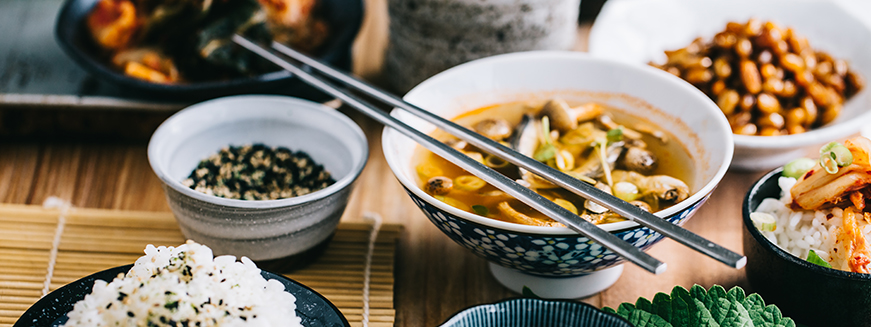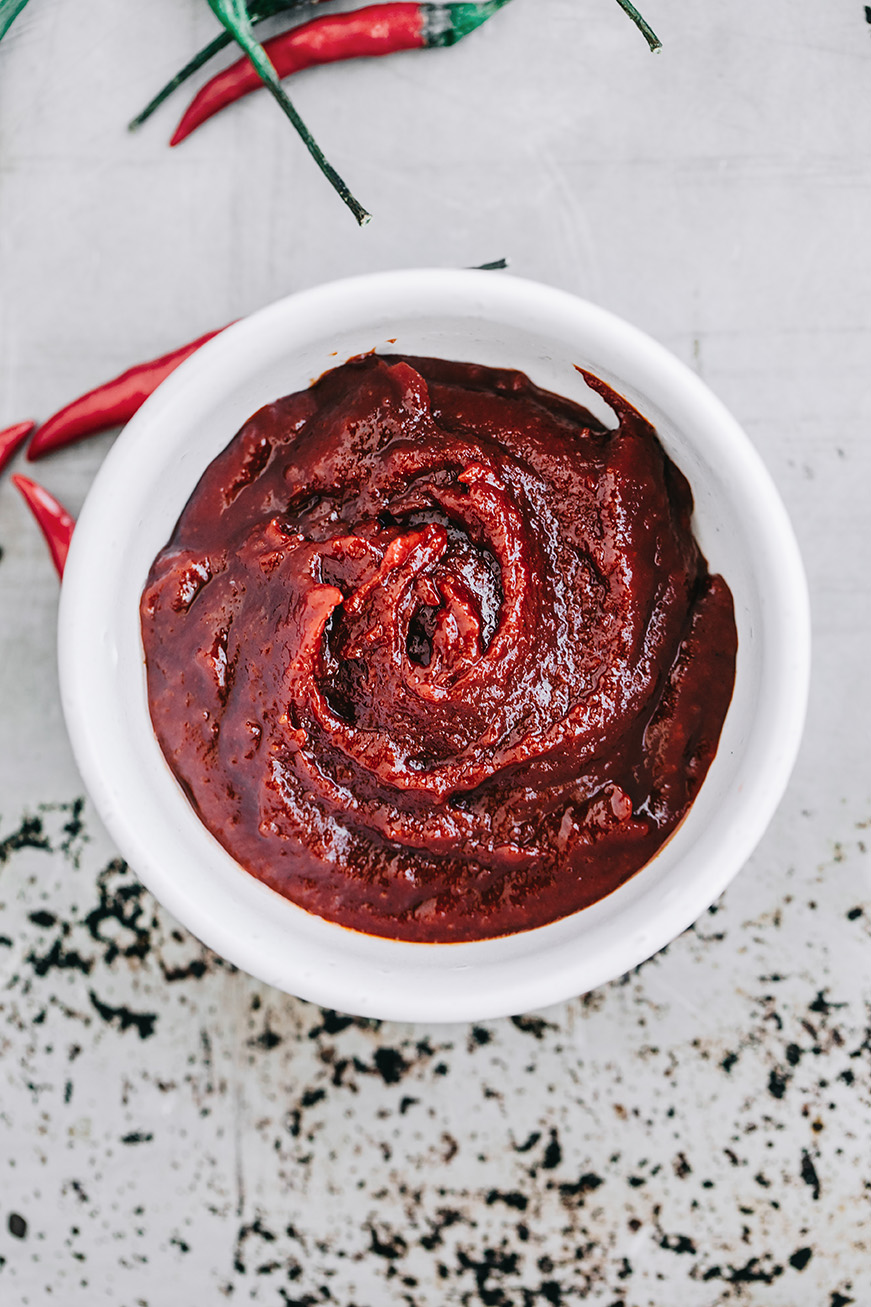The Fresh Blog
Lifestyle, Health, Nutrition & Inspiration from Luvo
Dissecting the Traditional Korean Meal
There’s nothing bland in Korean food. It’s a cuisine of bold flavors and colors, and a balance of rich meats and abundance of vegetables. Packed with ruthless amounts of garlic, onions and the always aromatic sesame oil, combined with a kick from their distinct spicy soy bean paste (gochujang) and red pepper powder (gochugaru), it’s food that gets all your senses going.
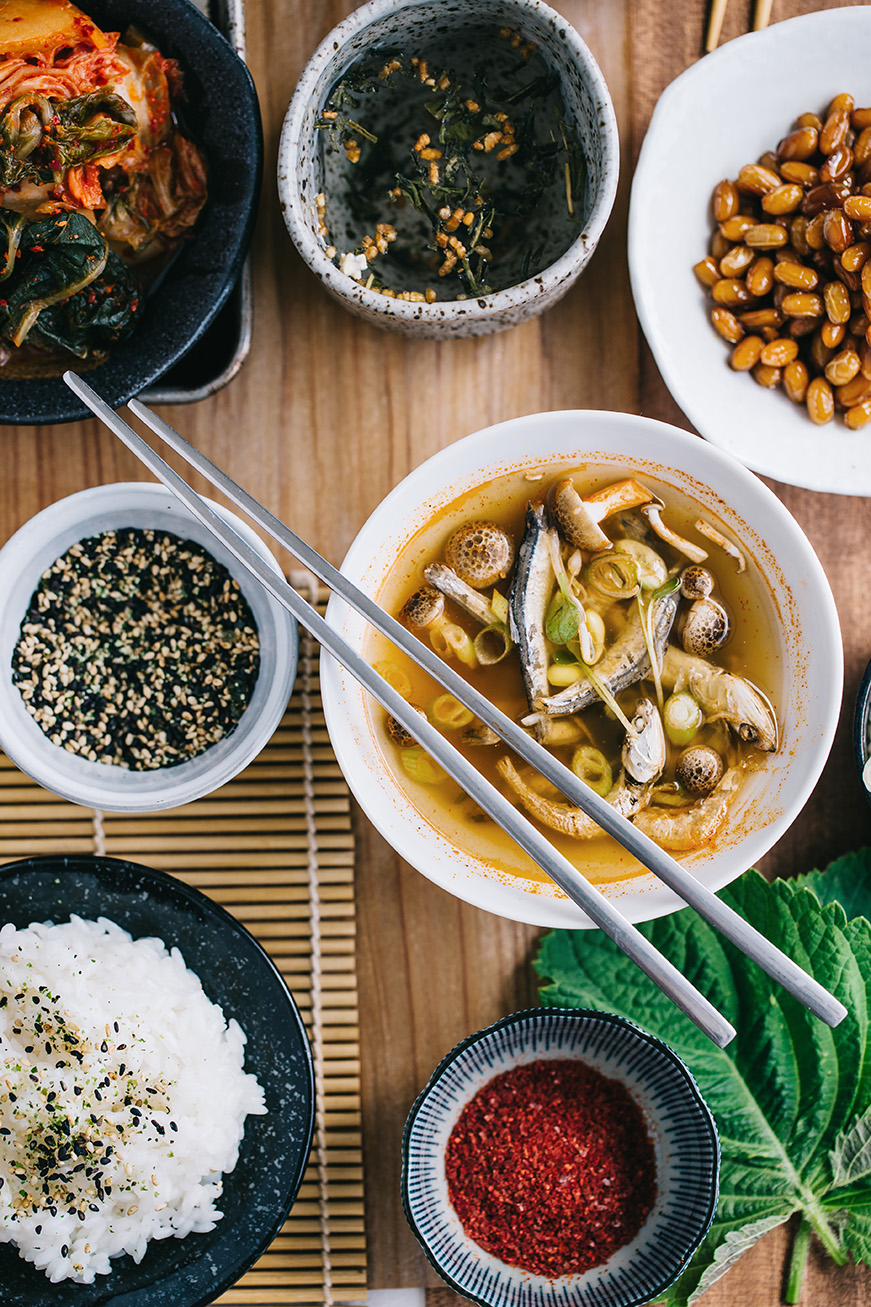
There’s no question a new generation of chefs are serving up innovative interpretations of this traditional fare, like the Korean taco movement in LA’s to the vegetarian twist in New York, but the traditional Korean feast is a work of art and an epic culinary experience not to be missed. Here’s what you need to know:
It’s a social affair
In traditional Korean cuisine all the dishes are served at the same time and everyone eats together. Eating is a social affair, first and foremost, and the meal is only as good as its company – a table for 6 to 8 is the norm at restaurants. Make the ordering process effortless by choosing a set meal for the number of people in your party. Keep in mind, it’s expected that the main entrées and side dishes are for sharing, but respect the personal space when it comes to individual bowls of rice and soup.
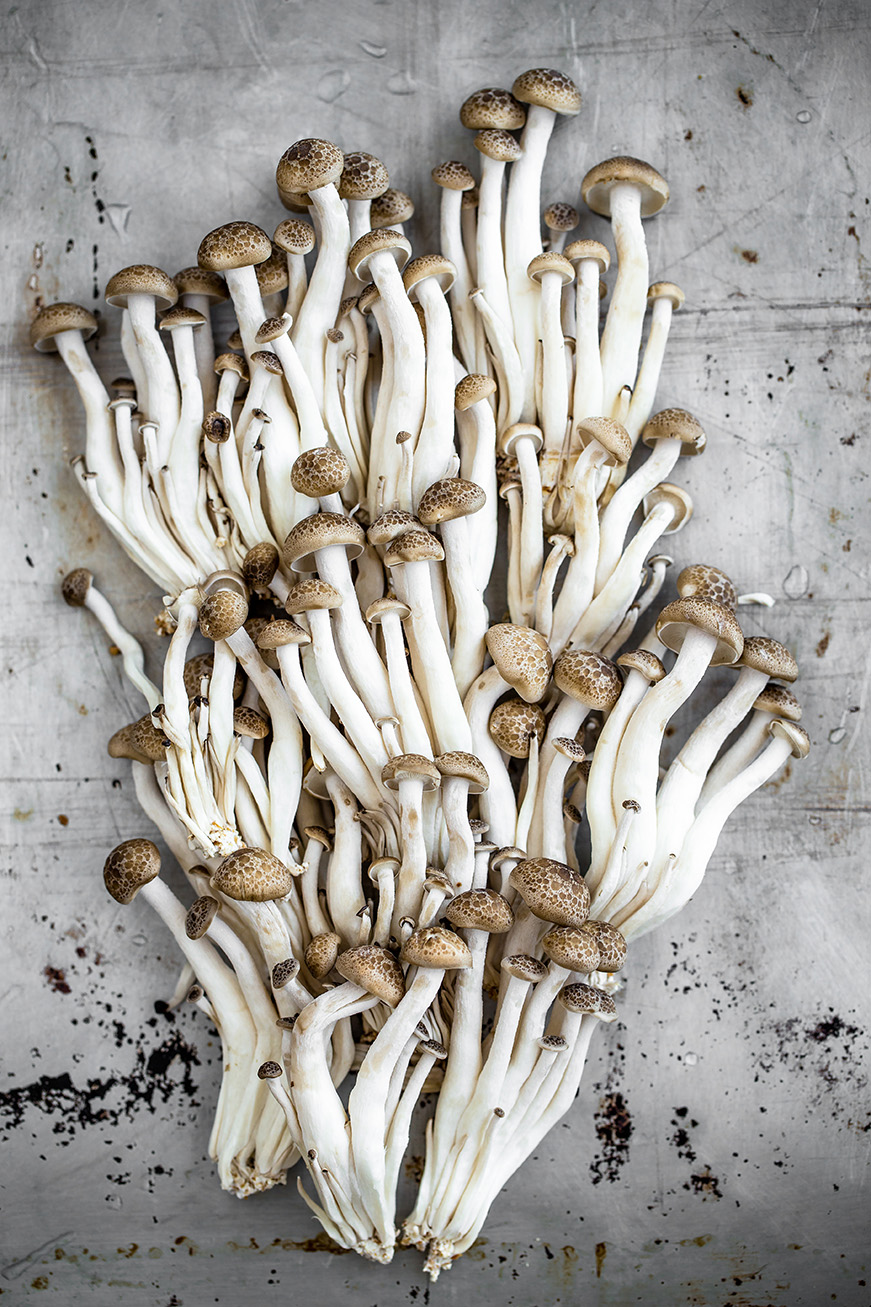
An impressive spread of plates
Search for “traditional Korean meal” images on the web, and the first thing you’re going to notice is the number of plates on the table. At the center of the table are typically the main courses like the BBQ meat, hot pot or rice and noodle dishes, and surrounding that are the small side dishes called banchans. Depending on the formality of the meal, you can have three or even up to twelve side dishes. These tasty sides are small portions of a variety of vegetable dishes prepared in different ways: stir-fried, simmered in a broth, steamed, and most notably, the fermented Kim Chi. Best part is, the side dishes are usually bottomless at authentic, traditional restaurants.
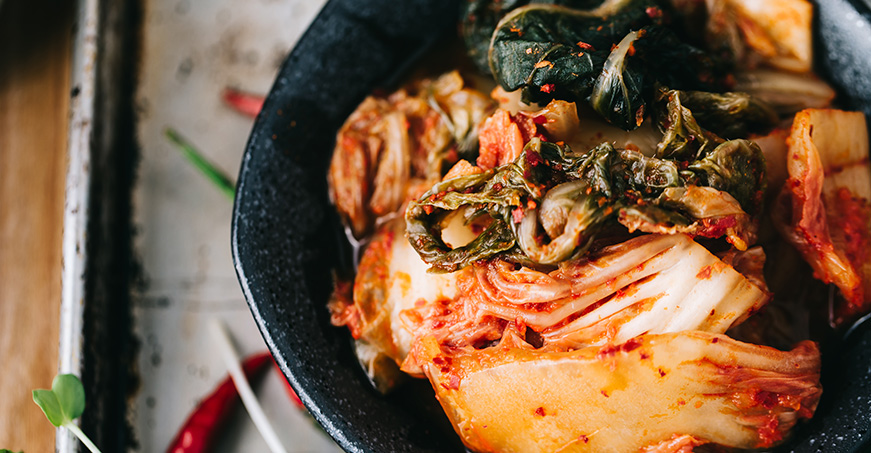
Find your (kim) chi
Kim chi is the most iconic side dish and it demands its own section in this post. The sour and spicy fermented napa cabbage is so important that the United Nations deemed kimjang – the process of kim chi making – as an Intangible Cultural Heritage of Humanity in 2013 to ensure the art is preserved (yes, the pickling pun is intended). There’s even hot debate among traditionalists who fear the younger generation is starting to abandon the staple dish.
While the beloved pickle dish tries to find a new identity in modern Korea, it’s being embraced by the world for its taste and health benefits. Loaded with vitamins A, B and C, and a “healthy bacteria” called lactobacilli, found in fermented foods like yogurt that help with digestion.
If you want to try it at home first, you can buy kim chi in a jar at most grocery stores and farmer’s markets or you can just make your own! Keep in mind; it’s going to taste different everywhere you go, because every family has their own recipe.
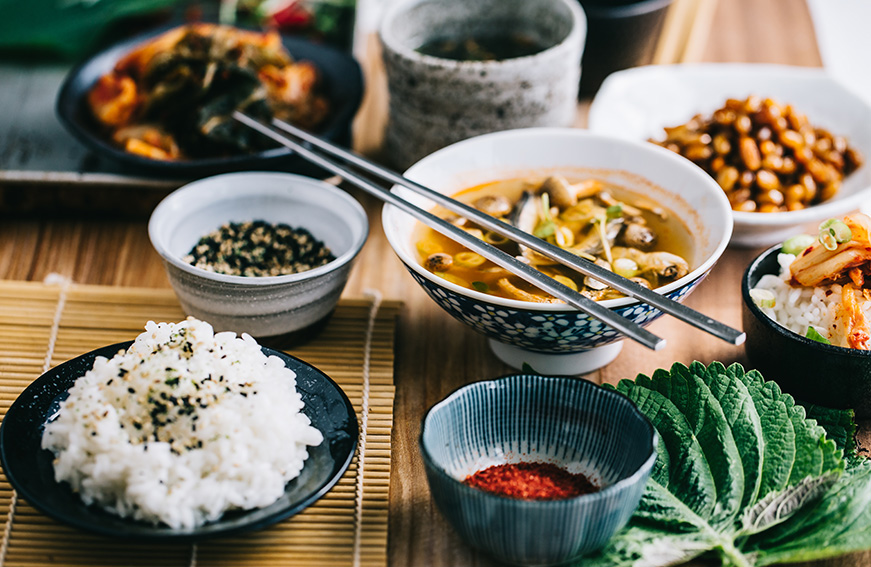
Silver Utensils
Don’t be surprised when you get a stainless steel chopsticks and a spoon at a Korean restaurant. Unlike the wooden chopsticks you typically find in Chinese or Japanese restaurants, Koreans eat with silverware. Folklore says the king used to be the only one who ate with pure silver chopsticks, as the color would change if anyone attempted to poison the king’s food.
I hope this post inspires you to book reservations at your neighbourhood restaurant! Don’t forget, if you’re in a rush you can always grab our Vegetarian & Gluten-Free Vegetable Bibimbap. Share all of your new experiences in our comment section below or on Twitter @Luvoinc

